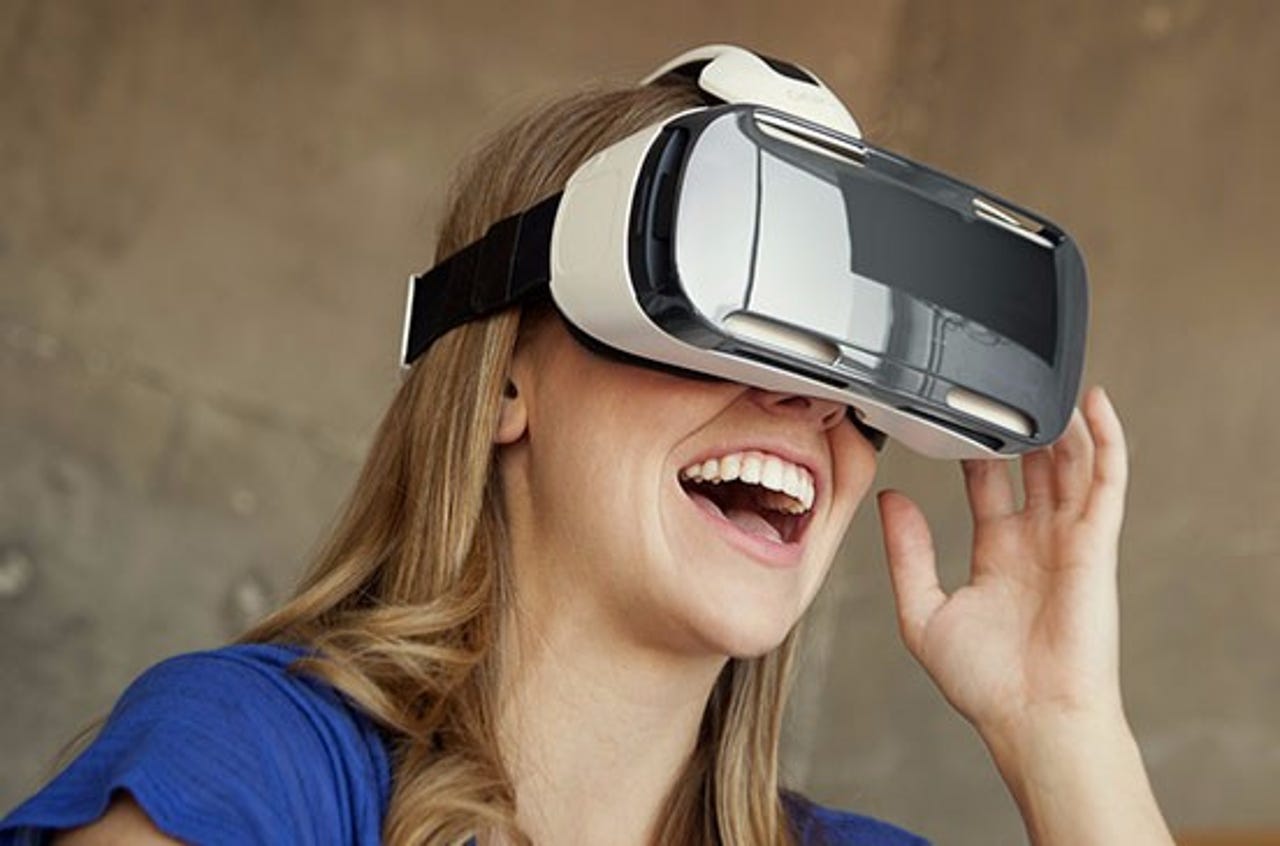Here's how Samsung envisions B2B wearables

Confirming earlier reports that Samsung has plans for wearables in workplaces, the company outlined potential benefits of such devices on Monday.
On its Samsung Tomorrow blog, Samsung suggested several use cases in its vision for the future of work. Unsurprisingly, most of them are either already possible on the smartphones that employees are already carrying or are better suited for the larger screen of a handset.

Here's a sampling of the ideas Samsung has in mind, both on its blog and in a white paper on the topic:
- Hotel staff could adjust the temperature in a room or print out a list of local attractions for a guest. Their peers in the kitchen may get inventory from smart refrigerators.
- Retail sales staff can change or adjust digital signage in-store without having to leave the sales floor.
- Using NFC or Bluetooth radios inside a watch, logistics workers can gain access to secured areas or conduct inventory activities.
- Health care technicians may be able to monitor their patient's data in real time through connected systems, or even be quickly notified in the event of an emergency situation.
Again, most of these ideas aren't necessarily new, nor are they unique to a smartwatch or other wearable device.
Still, for bite-sized chunks of highly valuable information, there's room for connected watches at work. At least that's what employees seem to think.
Tech Pro Research
Samsung quotes a recent PwC survey by noting that 77 percent of respondents feel wearable devices can boost workplace efficiency and productivity, while 70 percent expect they're employer to embrace smartwatches and the like in the office.
Those results certainly give Samsung plenty of reasons to pursue workplace wearables, considering the company has multiple smartwatches available and is working on its virtual reality product, the Gear VR.
Hardware is one thing though; in order for wearables to find success in the office, they need to have useful software and ways for users to get at, if not react to, information quickly. If it takes 10 seconds or more to fiddle with a watch and take action, employees might be better served by using their phone.